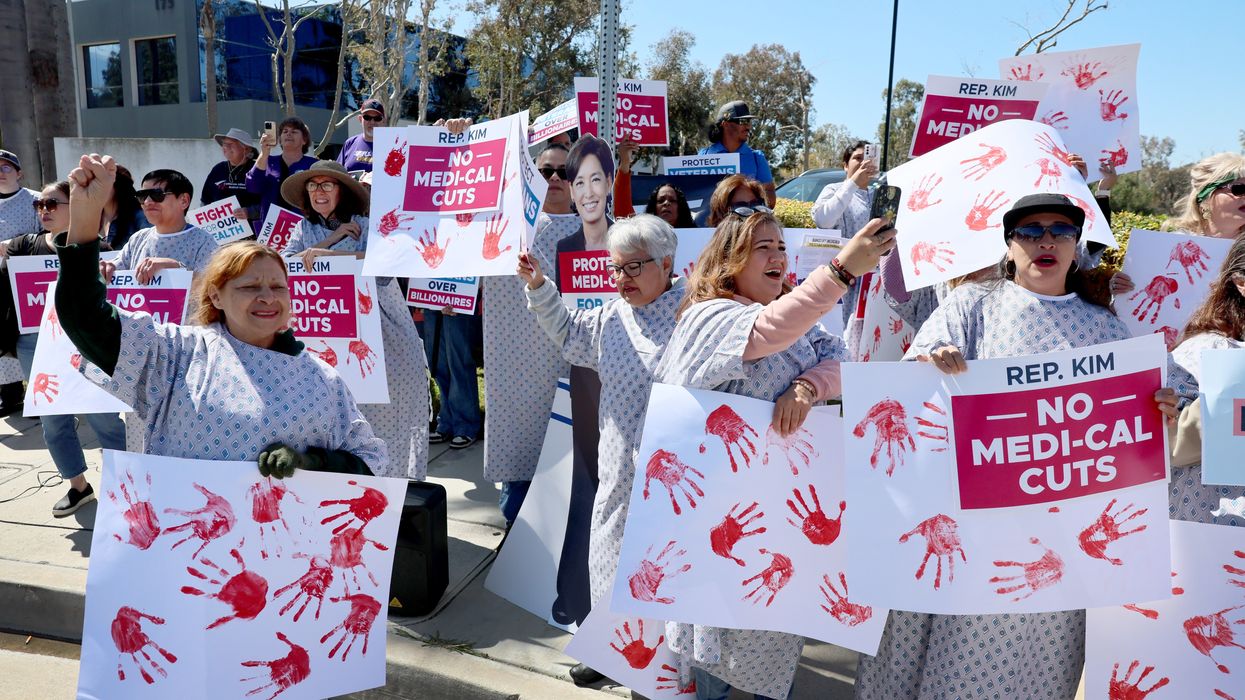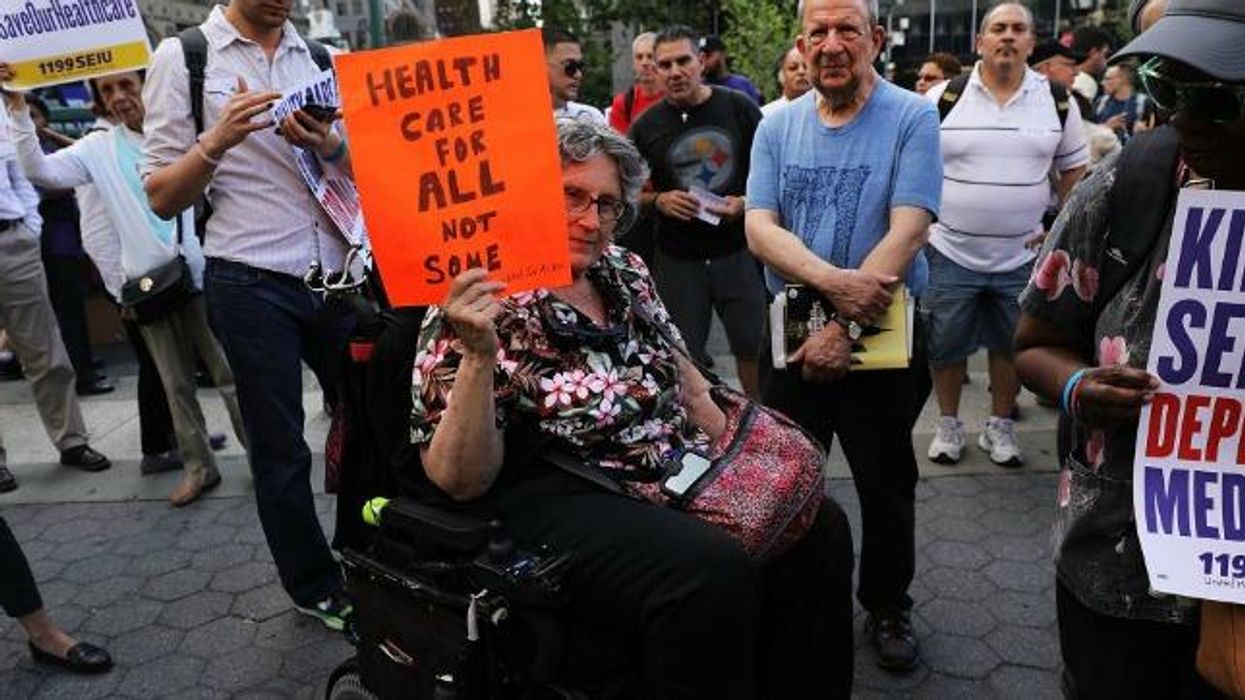Medicaid Cuts Put Services for Vulnerable People at Grave Risk
Medicaid doesn’t just provide healthcare. It is the single largest payer for the community-based services people with intellectual and developmental disabilities need to live, work, and thrive in our communities.
With the House passing their budget reconciliation bill with a vote of 215-214, hundreds of billions in proposed cuts to Medicaid have moved one step closer toward very real, harmful consequences, including for people with intellectual and developmental disabilities, or I/DD, whose health, safety, and quality of life depend on Medicaid.
Medicaid doesn’t just provide healthcare. It is the single largest payer for the community-based services people with I/DD need to live, work, and thrive in our communities—services that range from assistance with intimate activities of daily living and personal hygiene, to employment supports to find and maintain a job, to providing residential and in-home supports to support independent living.
If lawmakers approve the proposed cuts to Medicaid, state budgets will be unable to absorb the financial shock. Even if targeted to other groups like those made eligible for services through Medicaid expansion, programs that enable people with I/DD to meaningfully participate and thrive in our society will be the first to go. We know because home- and community-based services for people with I/DD are optional services, meaning they are some of the last services to be funded when there’s a state funding shortfall. We saw this following the Great Recession when, following cuts to federal funding, every single state made cuts to services and 36 states specifically made cuts to services for people with I/DD.
If lawmakers truly care about boosting economies, they would invest in, not divest from Medicaid, because these services actually play a critical yet often invisible role in state economies.
Divesting from Medicaid will be devastating to providers of I/DD services who are already struggling immensely due to insufficient Medicaid reimbursement rates that haven’t kept pace with inflation. As a direct result, 90% of community providers report moderate to severe staffing shortages as workers seek out higher-paying jobs in entry-level retail, convenience, and fast food industries. Without sufficient staffing, 69% of community providers report they’re unable to take new referrals for people with I/DD who need and qualify for services.
Medicaid cuts by another name in the form of increased red tape eligibility requirements or work reporting requirements also threaten people with disabilities, who may lose coverage due to barriers completing onerous reporting requirements, even if they are provided an exemption. Such requirements also threaten to further exacerbate the direct support workforce crisis, as 49% of direct care workers rely on public assistance programs themselves, and approximately one-third work part-time or with inconsistent schedules—two job features that are generally incompatible with work reporting requirements. If direct support professionals, the very backbone of disability services, are unable to meet burdensome reporting requirements, it will only force them to find more stable, higher-paying jobs outside of care work.
If lawmakers truly care about boosting economies, they would invest in, not divest from Medicaid, because these services actually play a critical yet often invisible role in state economies.
New York State’s $6.7 billion investment in home- and community-based services generated $14.3 billion in economic activity, while Maine is estimated to have lost out on over $1 billion due to its shortage of direct care workers. That’s because Medicaid-funded services create jobs, while enabling the family members and caregivers of people with I/DD to remain in the workforce too. Without services, families are also more likely to need public assistance.
The House’s budget proposal will force unthinkable decisions on states and providers. It will undoubtedly lead to people with I/DD losing access to services, potentially being forced to languish in their homes without the assistance they need for using the restroom, supportive hygiene, and preparing and eating meals. It will lead to people with I/DD losing their jobs without the employment supports they need to maintain their careers. And it could mean unnecessary institutionalization of people whose right to live and thrive in their communities was codified by the Americans with Disabilities Act and, later, the Supreme Court’s decision in Olmstead v. L.C.
Senators hold the opportunity to continue protecting our most vulnerable populations by rejecting any cuts to Medicaid and not putting further stress on a system already in crisis.
Update: This piece has been edited to reflect the fact that the U.S. House of Representatives passed their budget reconciliation bill on the morning of May 22, 2025.


